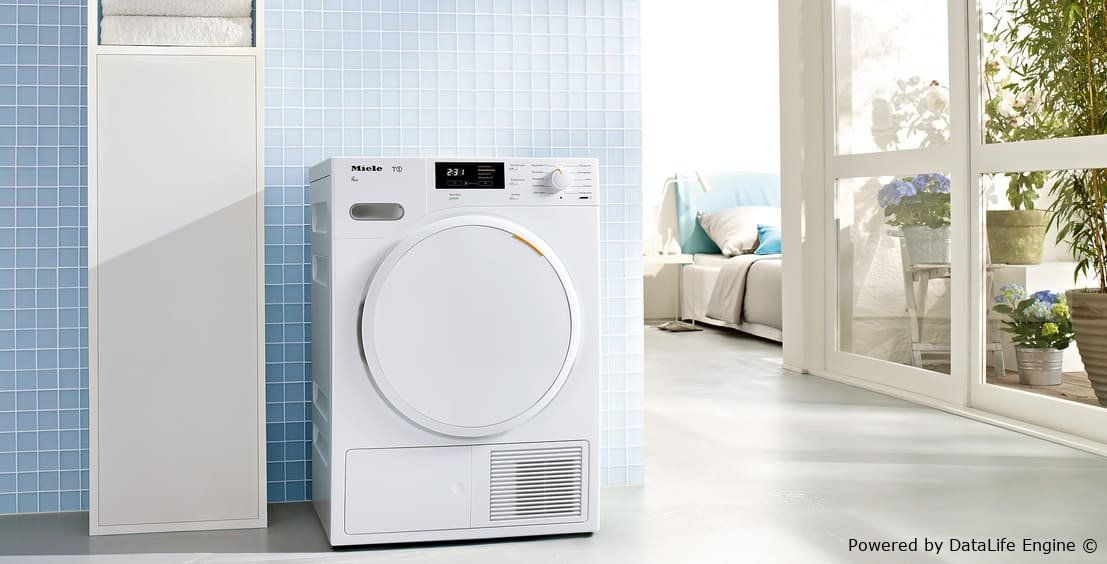Is Your Dryer Not Heating? Here’s Why

When a dryer is not heating, it can be frustrating, especially when you need to dry clothes quickly. Here are some common reasons why a dryer may not be heating:
-
Thermal fuse: The thermal fuse is a safety device that prevents the dryer from overheating. If it blows, the dryer will not heat. This often happens due to overheating, which can occur if the airflow is restricted. Check the thermal fuse for continuity using a multimeter. If it's blown, replace it.
-
Heating element: The heating element is responsible for generating heat in the dryer. Over time, it can burn out or become damaged, causing the dryer not to heat. Check the heating element for continuity using a multimeter. If it's faulty, replace it.
-
Igniter (gas dryers): Gas dryers use an igniter to ignite the gas and produce heat. If the igniter fails, the dryer will not heat. Check the igniter for continuity using a multimeter. If it's faulty, replace it.
-
Gas valve solenoids (gas dryers): Gas dryers have gas valve solenoids that open the gas valve to allow gas to flow to the burner. If one or more of the solenoids fail, the burner will not ignite, and the dryer will not heat. Check the solenoids for continuity using a multimeter. If any of them are faulty, replace the entire set.
-
Gas supply: If you have a gas dryer, ensure that the gas supply valve is open and that the gas line is not kinked or obstructed. Also, check that the gas supply to your home is functioning correctly.
-
Airflow issues: Poor airflow is a common cause of dryer heating problems. Check the exhaust vent for obstructions, such as lint buildup or kinks. Also, ensure that the venting system is not excessively long or has too many bends, as this can restrict airflow. Clean the venting system thoroughly if necessary.
-
Cycling thermostat: The cycling thermostat regulates the temperature inside the dryer. If it fails, the dryer may not heat properly. Test the thermostat for continuity using a multimeter. If it's faulty, replace it.
-
High-limit thermostat: The high-limit thermostat is another safety device that prevents the dryer from overheating. If it fails, the dryer may not heat. Test the thermostat for continuity using a multimeter. If it's faulty, replace it.
-
Timer or electronic control board: The timer or electronic control board controls the various functions of the dryer, including the heating element. If it malfunctions, the dryer may not heat. Test the timer or control board according to the manufacturer's instructions. If it's faulty, replace it.